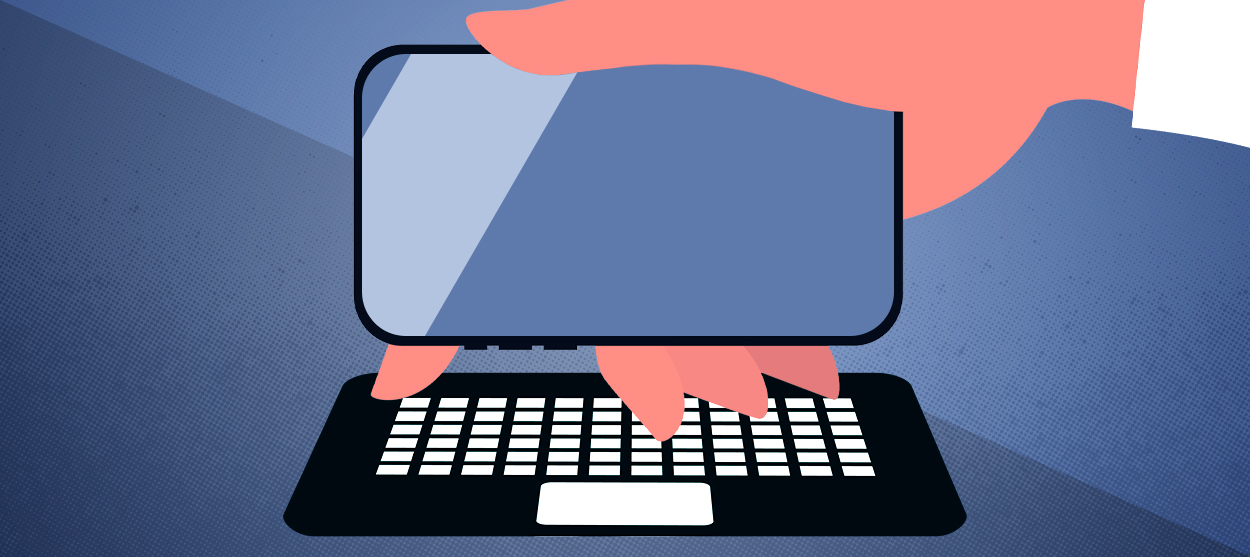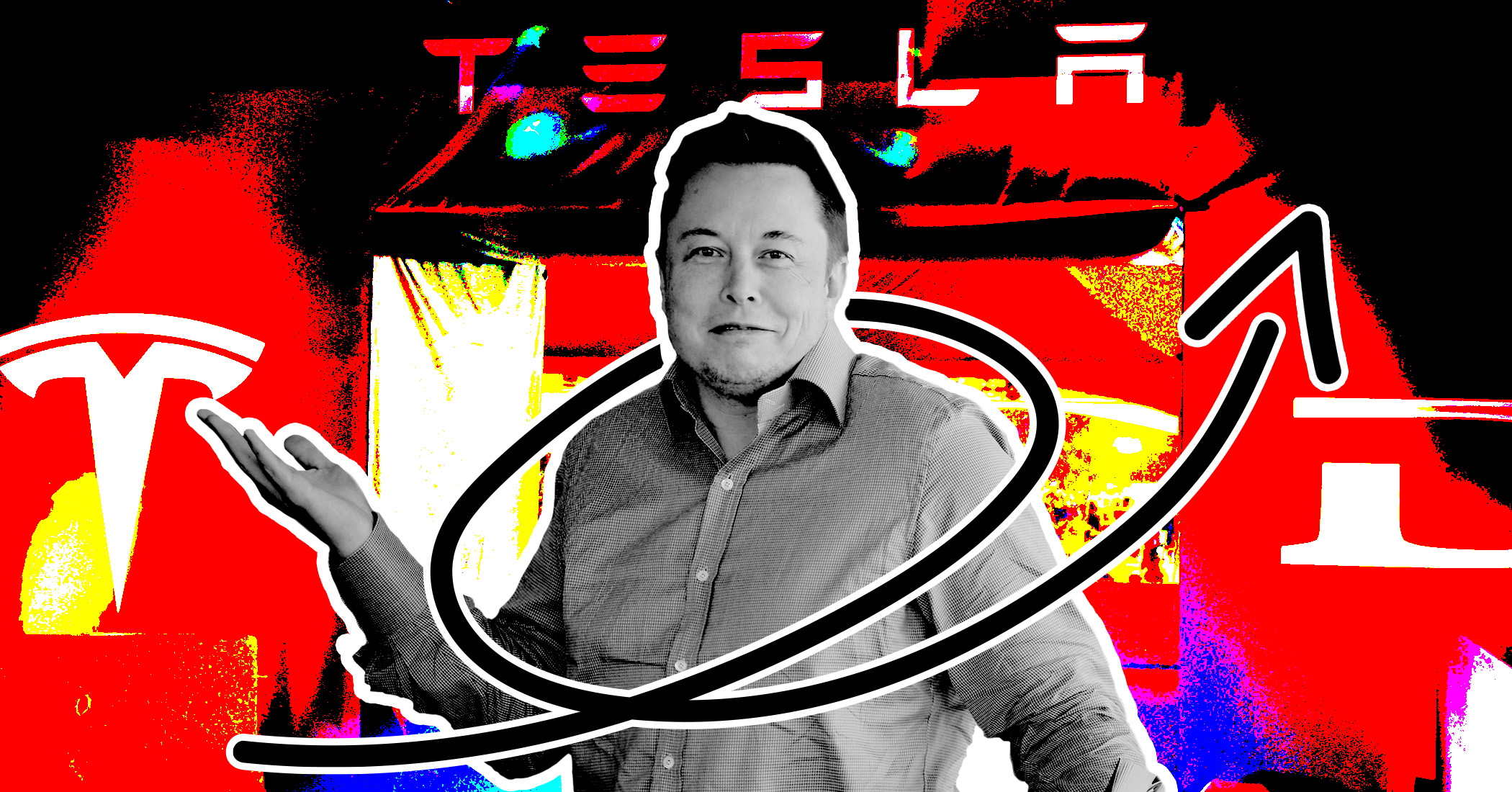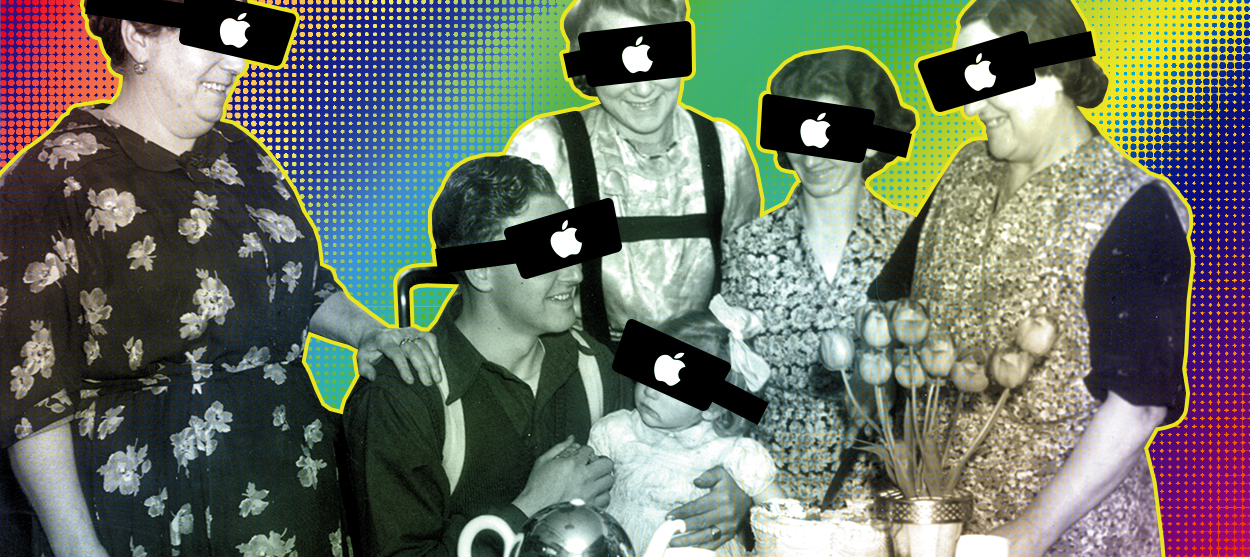What is 5G and will it live up to the hype?
Phone companies have made big promises for their new 5G networks, but will the next generation of wireless live up to the hype?

Phone companies have made big promises for their new 5G networks, but will the next generation of wireless live up to the hype? Here's everything you need to know:
Since the first commercial wireless network went live in 1986, we've built a new one about every decade. The first-generation network — 1G — allowed voice calls over bulky "brick" phones. The second gave us digital texting. The mid-2000s ushered in mobile internet connectivity. The next decade brought 4G and broadband video streaming. This year, all four major U.S. mobile carriers are rolling out the next generation of service. The dramatically faster connectivity they promise with 5G could unlock an array of technologies, from autonomous cars that share traffic data to immersive virtual reality games. It's not just a phone technology: It could replace wired broadband in the home and allow for billions of other connected devices. Chris Lane, a telecom analyst at Sanford C. Bernstein, thinks it will turn cities "smart" in much the same way electricity illuminated them. "Everything will be connected," he says, "and the central nervous system of these smart cities will be your 5G network."
What's the key technology?
The Week
Escape your echo chamber. Get the facts behind the news, plus analysis from multiple perspectives.

Sign up for The Week's Free Newsletters
From our morning news briefing to a weekly Good News Newsletter, get the best of The Week delivered directly to your inbox.
From our morning news briefing to a weekly Good News Newsletter, get the best of The Week delivered directly to your inbox.
Cellular phones are essentially two-way radios, transmitting voice and data as radio waves. 5G uses higher frequencies that can transmit vastly more data, allowing for blazing speeds. Today's 4G signals use waves that are a few inches to a foot and a half long. The waves for 5G are the size of raindrops, permitting smaller antennae to transmit them. Today's cell towers might support a dozen antennae. But 5G towers can house 100, allowing networks to support 1,000 more devices per meter than 4G. The flip side is that the antennae need to be placed closer together, too. In cities such as Denver that are getting an early rollout of 5G, that's already spurring conflict, as unsightly new towers spring up on residential streets.
Just how fast will it be?
Experts envision millions of these small cells blanketing cities and providing dense, ultra reliable networks that cut latency — the time it takes a signal to travel to a tower and onward to the internet — from 50 milliseconds to as little as one. Meanwhile, mobile 5G download speeds could reach 10 gigabits per second (Gbps), or enough to reduce download times for a typical movie from six minutes to 20 seconds. But don't expect these speeds right away. The telecom maker Qualcomm expects initial median 5G speeds of 1.4 Gbps or about 20 times faster than today's 4G and around 1.4 times faster than the top home broadband speeds now offered by cable. That's not the speed you'll get this year or next, however. Initial speeds on AT&T's network have been measured at about four times as fast as a 4G connection. Eventually, though, 5G's speed and low latency could let phones off-load computing tasks to powerful cloud computers, extending battery life and easing the race for more powerful and expensive phones.
Is it only about speed?
A free daily email with the biggest news stories of the day – and the best features from TheWeek.com
Yes and no. Speed matters; the chip maker Intel projects that in the first 10 years of 5G networks, 90 percent of the use will come from video, which certainly benefits from every improvement in download speed. But the hope is that the combination of more data and close-to-zero latency could open the way to new kinds of applications. Self-driving cars and trucks are high on the list, because 5G connectivity could bring online not only the vehicles but also the roads and cityscapes they navigate. Drones will be able to send video and mapping data to be analyzed in real time. Mobile 5G is the focus right now, but in time the services could also reshape the internet access market, creating serious competition for cable companies' home broadband services.
America's largest wireless carriers — Verizon, T-Mobile, AT&T, and Sprint — have announced plans to roll out 5G this year, with nationwide service available in 2020. Already, AT&T offers 5G hot spots in 12 cities and Verizon a "5G Home" branded Wi-Fi service in four. That said, "coverage is going to be fairly sparse this year," said Mark Hung, an analyst at Gartner, though "within the next three to four years, 5G coverage is going to be fairly ubiquitous." But it might not ever reach everyone. Steve Berry, a Washington lobbyist for smaller wireless companies, said the costly build-out required to achieve 5G will turn an existing "digital divide" between rural and urban America into a "digital divide on steroids."
Is there reason for skepticism?
Yes. Some experts don't see strong 5G in the U.S. until 2023 — and say paying an extra $200 to $300 for a 5G-enabled phone will be wasted money until then. And some think the predictions of instantaneous transmission of vast amounts of data will turn out to be hype. Linley Group analyst Linley Gwennap points out that the promised latency of 1 millisecond covers only the connection to the nearest smart cell or tower, and that downloading data from the internet will take significantly longer. "For most normal things you're doing on the phone, it's got to go to the cloud," says Gwennap. He wonders what happens when the 5G-enabled self-driving car hits a cellular dead zone. Mobile Ecosystem analyst Mark Lowenstein advises that "a dose of reality is needed," along with "patience and a long view."
-
 Crossword: December 30, 2025
Crossword: December 30, 2025The daily crossword from The Week
-
 What have Trump’s Mar-a-Lago summits achieved?
What have Trump’s Mar-a-Lago summits achieved?Today’s big question Zelenskyy and Netanyahu meet the president in his Palm Beach ‘Winter White House’
-
 The most anticipated movies of 2026
The most anticipated movies of 2026The Week Recommends If the trailers are anything to go by, film buffs are in for a treat
-
 How do you solve a problem like Facebook?
How do you solve a problem like Facebook?The Explainer The social media giant is under intense scrutiny. But can it be reined in?
-
 Microsoft's big bid for Gen Z
Microsoft's big bid for Gen ZThe Explainer Why the software giant wants to buy TikTok
-
 Apple is about to start making laptops a lot more like phones
Apple is about to start making laptops a lot more like phonesThe Explainer A whole new era in the world of Mac
-
Why are calendar apps so awful?
The Explainer Honestly it's a wonder we manage to schedule anything at all
-
 Tesla's stock price has skyrocketed. Is there a catch?
Tesla's stock price has skyrocketed. Is there a catch?The Explainer The oddball story behind the electric car company's rapid turnaround
-
 How robocalls became America's most prevalent crime
How robocalls became America's most prevalent crimeThe Explainer Today, half of all phone calls are automated scams. Here's everything you need to know.
-
 Google's uncertain future
Google's uncertain futureThe Explainer As Larry Page and Sergey Brin officially step down, the company is at a crossroads
-
 Can Apple make VR mainstream?
Can Apple make VR mainstream?The Explainer What to think of the company's foray into augmented reality